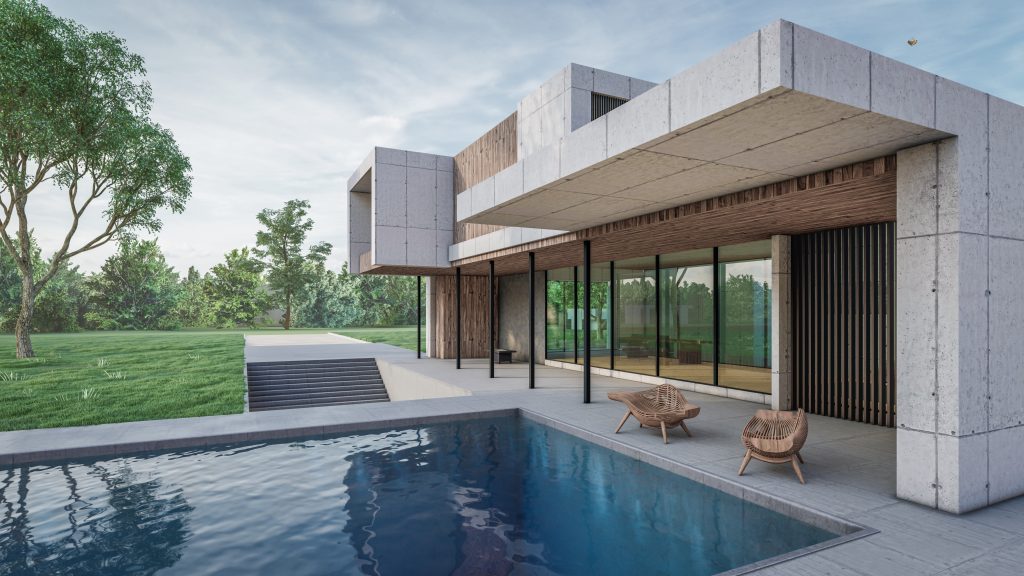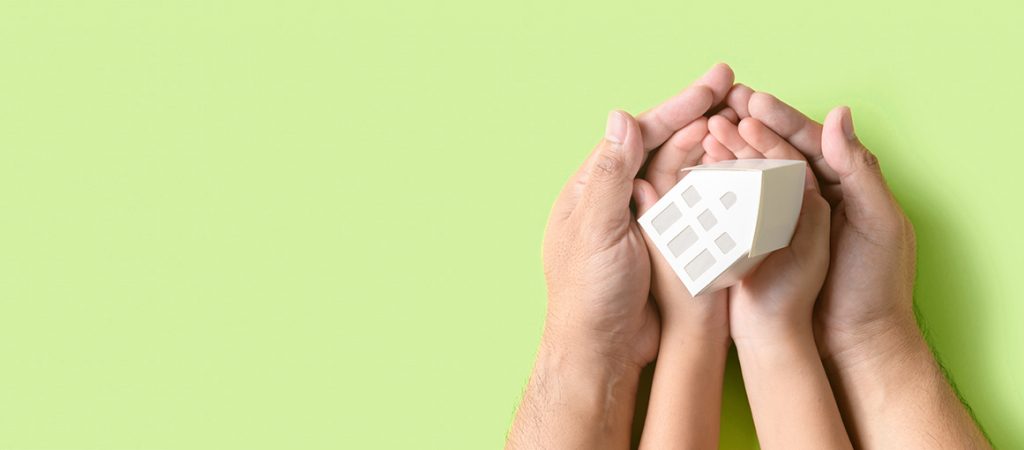Sustainable architecture aims to reduce the environmental impact throughout the lifecycle of structures.
Due to the urgency of climate change, implementing sustainable design practices has become a priority for many stakeholders in the building industry. Seeing as the building and construction sector is responsible for 39% of all carbon emissions in the world, it’s crucial that the industry makes environmentally conscious changes.
The main tenets of sustainability are to reduce consumption of non-renewable resources, minimize waste, and create healthy, productive environments. Sustainable design is here to stay. According to Lois Vitt Sale, Senior Vice President and Chief Sustainability Officer for Wight & Company, “The needle is moving, there is progress happening in so many areas today.”
Let’s take a look at the milestones of sustainable design in the building and construction sector:
1993: LEED certification system launches
A pivotal moment took place in 1993 when Rick Fedrizzi, Mike Italiano, and David Gottfried started the U.S. Green Building Council (USGBC) to promote sustainability through eco-friendly plans, designs, and operation of buildings. That led to the Leadership in Energy and Environmental Design (LEED) certification system, which is now “the most widely used green building rating system in the world.”
Certification indicates that a building has gone above and beyond to ensure it is designed, constructed, and operating as efficiently and healthy as possible. LEED certifies over 2.6 million square feet of space daily, according to a press release by USGBC, ensuring “millions of people around the world have access to LEED spaces that are reducing carbon emissions and providing healthier environments where they can live, work, learn and play.”
Cities, communities, and companies that seek to lower the environmental impact of the built environment, while improving quality of life, appreciate LEED certification. LEED certification means the building responsibly manages electricity consumption, carbon output, water use, waste disposal, and materials.
Since 2001, there are LEED-certified projects in over 140 countries. The Philip Merrill Environmental Center in Annapolis, Maryland, became the first building to be awarded the Platinum rating under the pilot version LEED-NC v.1.0.
2002: Founding of the WorldGBC
In 2002, USGBC founders Fedrizzi, Italiano, and Gottfried took their platform global by founding the World Green Building Council (WorldGBC), a non-profit in over 70 countries with 49,000 members. The organization has set initiatives to combat climate change in the building and construction sector. By 2050, WorldGBC has committed to three goals: limiting global temperature rises to two degrees Celsius; reducing the building and construction sector’s CO2 emissions by 84 gigatonnes, and ensuring all buildings have net zero emissions.
2017: China gets serious about LEED
In March 2017, USGBC announced that China has over 1,000 LEED-certified buildings.
“The exponential growth of LEED in the global marketplace and in China drastically helps mitigate climate change and positively affect the health and well-being of millions of people through our built environment,” said Mahesh Ramanujam, president and CEO of USGBC and GBCI. “LEED and other green building programs such as 3-Star have created a path forward for market transformation while changing the way we think about how buildings, communities, and cities are planned, constructed, maintained, and operated.”
The WorldGBC predicts that global green building will double every three years and the engines of that growth will come from emerging markets in Mexico, Brazil, Colombia, Saudi Arabia, South Africa, China, and India.
2018: AIA ethics code adds sustainability
Architects have been implementing sustainability and progressive design practices into their designs for decades, and now it’s going mainstream. The American Institute of Architects (AIA) introduced a Code of Ethics that includes environmental priorities of water, energy, and climate change. Under this code, architects must communicate their project’s impact on climate change, ecosystems, and environmental consequences with the client. In addition, it urges architects to take actions to reduce water use, conserve energy, and opt for materials with minimal pollutants and toxins.
A copy of the code can be downloaded here.
According to AIA Ethics Code Now Covers Sustainability in Depth by Paula Melton, the panel worked to avoid using the terminology “sustainability” because it wasn’t specific enough. They chose to dive into the details and list the issues to be considered, such as energy, water, ecosystem health, and climate change. “The Ethics Council took it very seriously,” said Michael Davis, FAIA, a member of the steering committee that pushed to have the changes adopted. “…They didn’t want to put rules in place that couldn’t be enforced.” This demonstrates a shift in the industry toward concrete, actionable environmental goals that can easily be implemented at the start of a project.
2019: Greta Thunberg and the global climate strike
Swedish youth activist Greta Thunberg first began her climate strike by sitting outside the Swedish Parliament every Friday. This movement quickly exploded into a worldwide phenomenon. On September 20, 2019, students and adults assembled around the world for the Global Climate Strike. This was the largest climate strike in history led by the youth, who demanded that their governments take action on climate change. Protesters urged governments and businesses to eliminate their use of fossil fuels and to hold executives accountable for climate damages. Businesses took part in amplifying the climate movement as well. Patagonia and Burton closed all stores on the Friday of the protest in solidarity, along with a number of big tech companies pledging to join the strike.
The movement reached its peak soon before the United Nations Climate Action Summit, where global leaders were set to discuss climate change goals and new measures. The timing and gravity of the movement reminded everyone of the urgency of climate change issues, bringing a glimmer of hope for future generations.
November 2019: Over 100,000 commercial LEED projects
USGBC registered and certified over 100,000 LEED commercial green building projects in November 2019.
“Today millions of us are living, working, and learning in LEED-certified buildings around the world. These spaces are using less energy and water, mitigating the environmental burden on their communities, saving money, and offering the people who occupy them a better quality of life. This latest milestone demonstrates how the global green building community is delivering on the vision we set forth more than 20 years ago with better buildings and spaces that equal better lives,” said Mr. Ramanujam in the article LEED Surpasses 10,000 Commercial Green Projects.
The future
Beyond these notable moments, there have been countless small shifts moving towards renewable energy and combating climate change. The future will bring improvements in mobility, energy-saving technology, and new solutions related to waste disposal, water usage, and energy usage.


